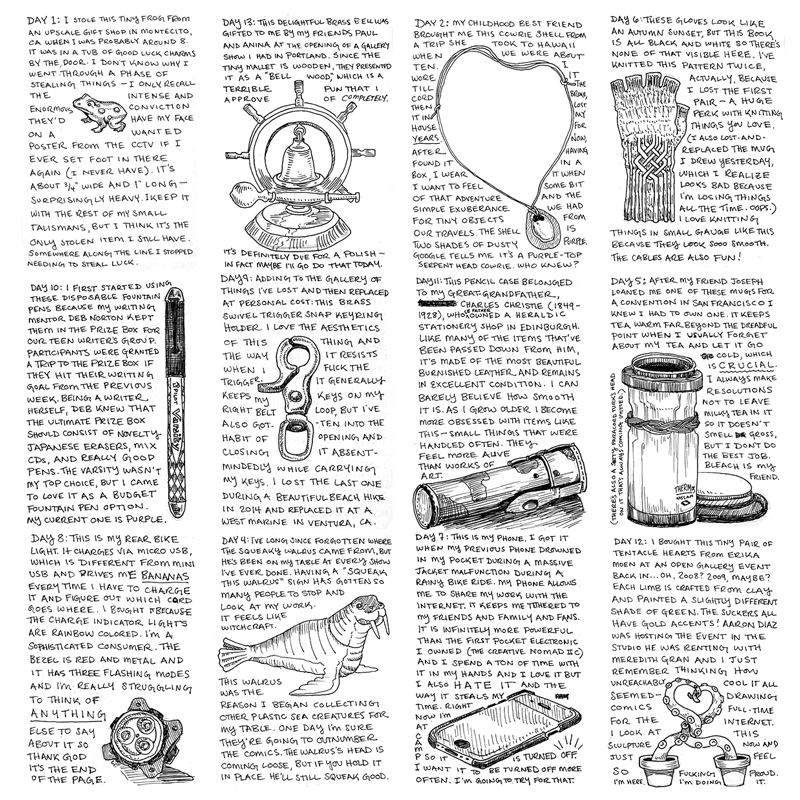
(Previously from this spot: 2022, 2021)
It’s been hard to get out of the house recently.
Our neighbor of 31 years died in February, followed by my godfather in March. They each meant very different things to me, but both occupied an archetypal permanence that’s hard to reconcile with death. And all grief is linked, isn’t it? This thread pulls on that one and so on and so on until the tapestry unravels and you’re left holding a mess of snotty string.
The last two weeks of my wall calendar are utterly blank. I’ve learned to read these gaps in my paper trail as markers of total emotional exhaustion (although sometimes they correlate with the thrill of a new relationship). In this case, I know the data is missing because I’ve been too tired to track whether I wore my mouth guard, too forgetful to know if I attended a Zoom meeting, too frazzled to write Morning Pages. Too much. Too much.
Last night I finally turned my phone all the way off and threw it behind the bookshelf. I buried my laptop in the couch cushions. I hid my iPad in the closet. I hucked all this technology out of my room because I was drowning in it, trying to get away from everything.
Instead, today, I walked. Not for long, but enough to remember what my legs are for. Enough to see how everything has changed from storm after storm of rich rainwater filtering into the hillsides since January. You can stick a finger in the earth and water pours out. Every divot in the trail is a spring.
We’ve passed the equinox. Life is coming back.




